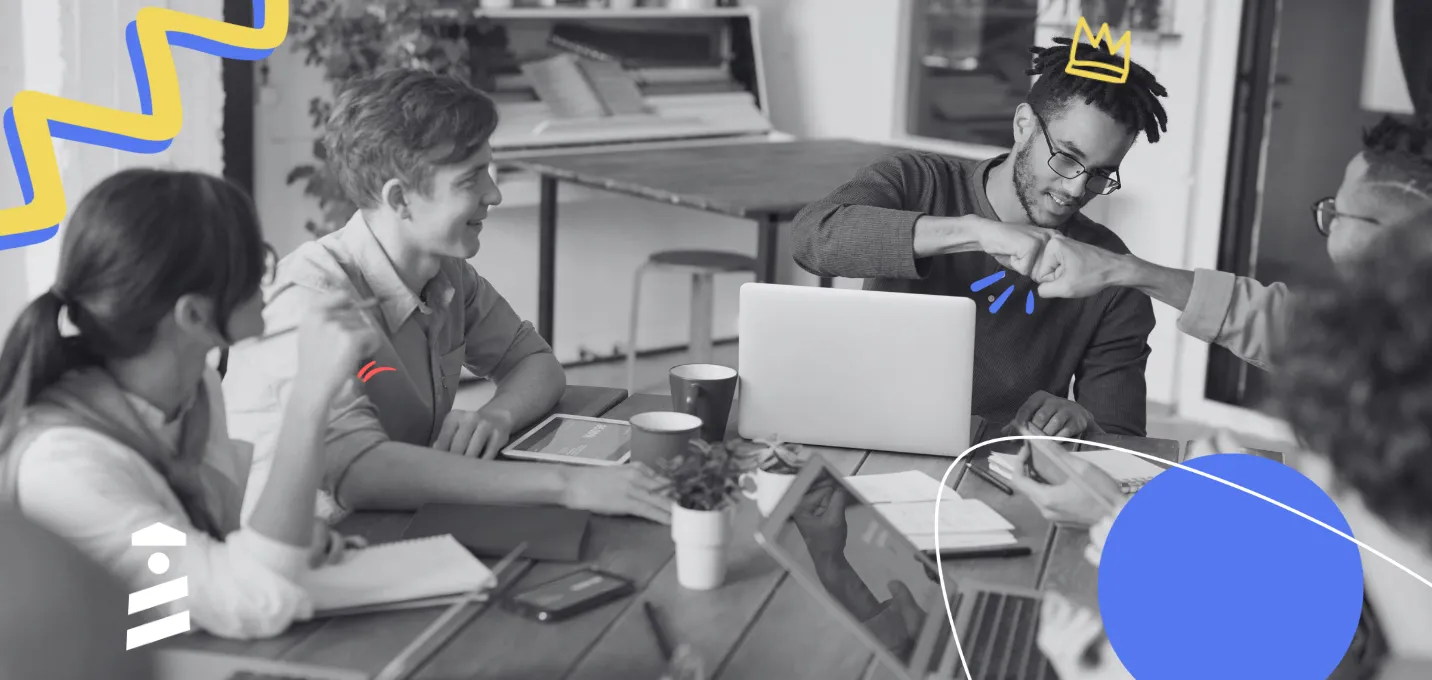

A single spark of annoyance can ignite a full-blown customer meltdown.
It can bring you down as well.
Fear not! You can prevent a potential frustration explosion by following a couple simple steps to create a user experience that's as smooth as butter.
In this article, you’ll learn how to:
- identify frustrated users
- create a stellar user experience with best practices
Skip to the TL;DR section if you’re busy. Otherwise, let’s dive in!
TL;DR
- User frustration in SaaS leads to churn, negative reputation, and decreased engagement.
- Following some metrics related to user behavior will help you understand if your users are frustrated or not.
- To avoid losing customers, you need to some text
- Design intuitive interfaces for your product
- Make your product easy to discover, use and get the value
- Follow design conventions, prioritize visual hierarchy, and provide visual cues
- Identify user goals and provide early value with an effective onboarding flow.
5 Best practices to reduce (and eliminate) user frustration
Creating intuitive user interfaces
An intuitive interface guides users without explicit instruction, which helps them understand the value of your product with a hands-on approach.
To achieve this:
- Follow design conventions: Most of us expect a login button on the upper corner, right? Use familiar elements like navigation bars, search boxes, and shopping carts in standard locations.
- Prioritize visual hierarchy: Make important elements larger, bolder, or more colorful than less important ones. For example, a prominent call-to-action button should stand out.
- Use clear and consistent language: Instead of "terminate session," use "sign out."
- Provide visual cues: Use icons, tooltips, or micro interactions to indicate how elements work. For instance, you can use a hover effect that reveals additional options.
Check out this example from Zakeke, created using UserGuiding:

Reducing cognitive load
Cognitive load refers to the mental effort required to use a product.
Minimize it by:
- Limiting information: Display only essential information on a screen and provide options to see more details.
- Using progressive disclosure: Reveal advanced features or options only when needed. For instance, hide advanced filter options behind a "Show more" button.
- Simplifying tasks: Break down complex processes into smaller steps. You can start using a progress bar for multi-step forms.
- Providing clear feedback: Give users immediate confirmation of their actions. For example, show them a success message after a purchase.
Prioritizing clear and concise messaging
Effective communication is key to reducing frustration.
Ensure:
- Direct and simple language: Instead of "utilize," choose "use."
- Error messages that are helpful: Provide clear explanations and solutions. For example, "There was an error processing your payment. Please check your card details and try again."
- Actionable instructions: Tell users what to do next. For instance, "Click 'Submit' to continue."
Increasing the role of visual design
Visual design can significantly enhance user experience:
- Using visuals to convey information: Use icons to represent actions (e.g., a trash can for delete).
- Creating a visually appealing interface: Use a consistent color palette and typography. Users will recognize your branding from a mile away, stick to your branding to avoid confusion!
- Enhancing usability with visual cues: Use color and spacing to differentiate clickable elements from non-clickable ones.
Providing effective onboarding
A well-designed onboarding process sets the stage for a positive user experience:
- Identifying user goals: Ask users about their primary objectives to tailor the onboarding experience.
- Creating a clear onboarding path: Use tooltips, walkthroughs, or interactive tutorials.

💡Tip: Tools like UserGuiding can streamline this process by creating interactive product tours and guides.
- Providing value early: Show users how to achieve quick wins to build confidence.
- Offering ongoing support: Provide in-app help, FAQs, or a knowledge base.
Key Takeaways
It’s hard for a SaaS company to stay afloat if user frustration is not detected and gets under control in time.
Negative word-of-mouth or skyrocketing churn could potentially destroy your company’s reputation.
To mitigate this, focus on creating intuitive interfaces, reducing cognitive load, and delivering concise messaging.
You can leverage tools like UserGuiding to streamline onboarding processes and address user pain points.

















.svg)
.svg)
.svg)
.svg)
.svg)

.svg)
.svg)












.svg)
.svg)




.png)



















